
Tag Archives Silage

Farmers don’t need to feel like they’re choking down silage cost: Ag Days speaker
Silage becomes more palatable for producers if you look beyond simple cost per acre, Manitoba Agriculture’s Ray Bittner told the Ag Days audience Jan. 17
Manitoba Crop Report and Crop Weather report: No. 20
Conditions as of September 12, 2016
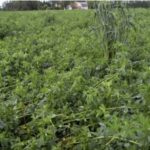
Recent rain makes for challenging hay cutting
Manitoba Forage & Grassland Association Green Gold Reports for June 2, 2016
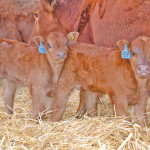
Quality winter feed will promote a more successful calving season, says expert
For strong cows at calving time, MAFRD livestock expert says to focus on the content of winter feed and keep your eye on the thermometer
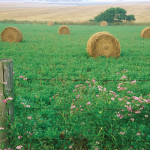
Provincial hay production below average
As harvest progresses, forage specialists take a look at how this year’s hay production is shaping up

Pilot program for recycling ag plastic kicks off this month
Farmers use more plastic than ever as a lower-cost method of storing grain and feed, but increased use means more plastic waste in the environment
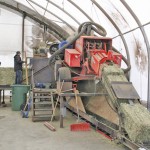
CFGA makes the case for more publicly funded forage research
The association also has a plan for performance testing new varieties and restoring lost inoculants
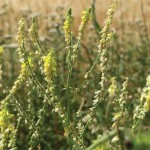
Livestock producers, beware of sweet clover toxicity
Mould can convert the naturally occurring chemical coumarin into an anticoagulant

Farmers struggle with wet harvest
Some regions are soggier than others
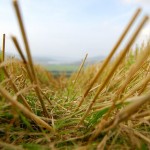
Drying time can be reduced
With wet weather wreaking havoc in many parts of the province, some producers are cutting their forage when the weather lets them, not when it’s optimal quality


